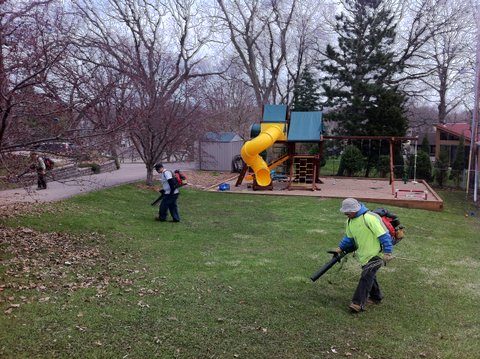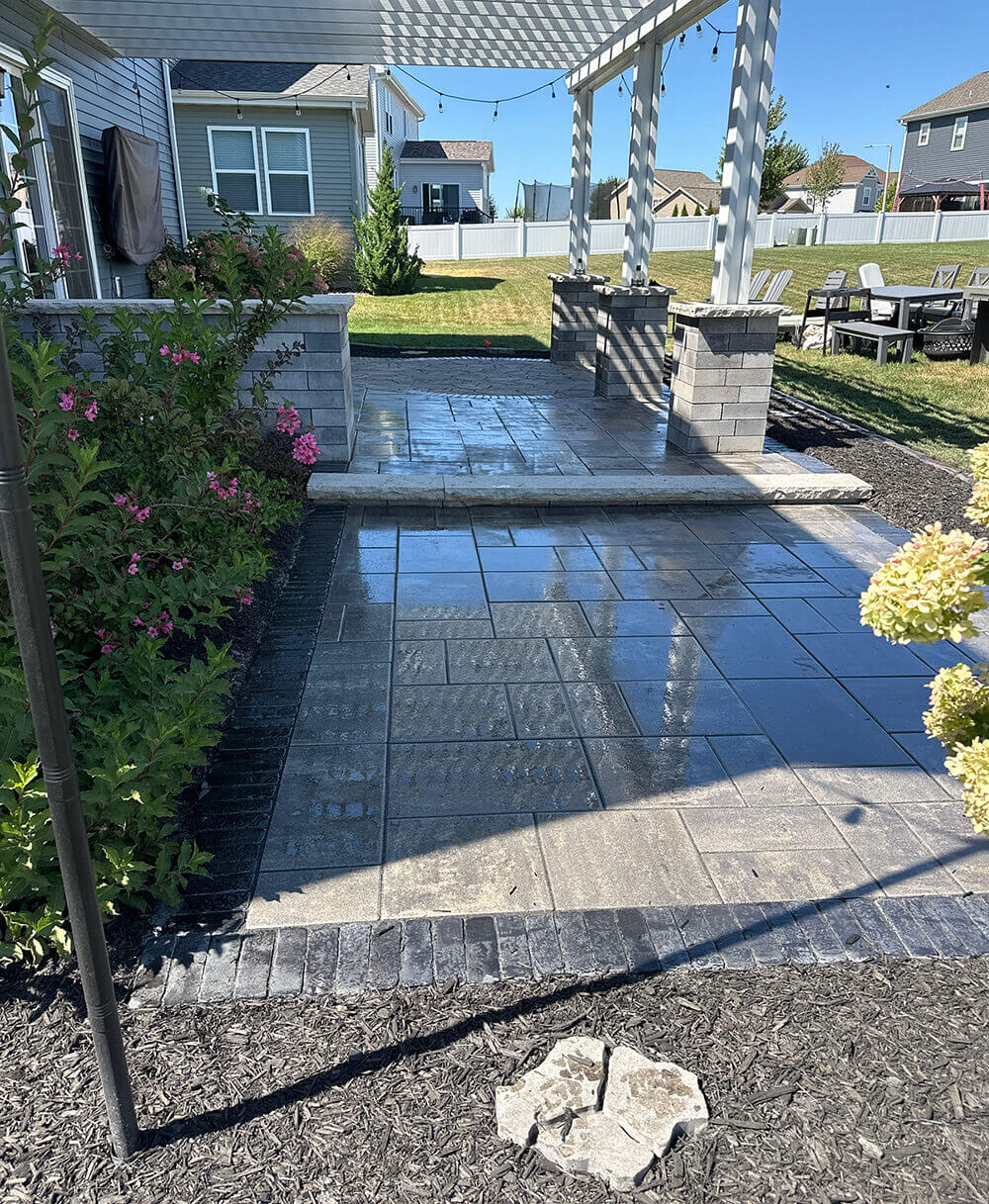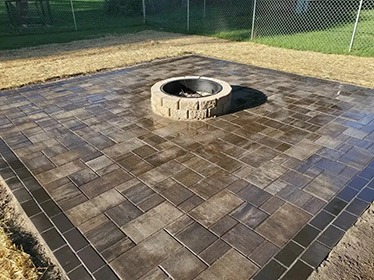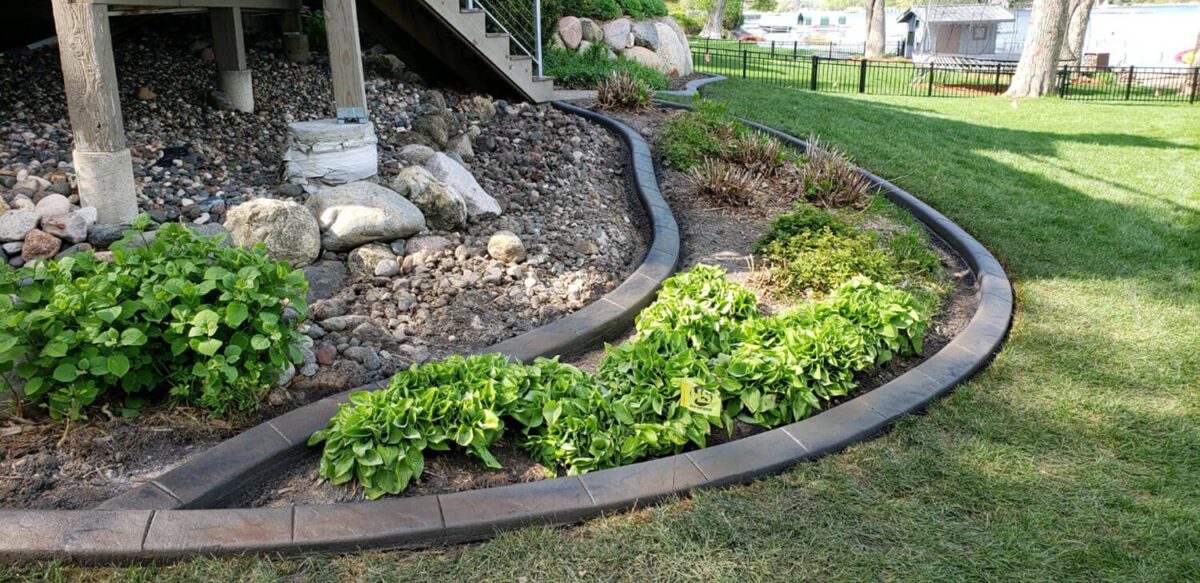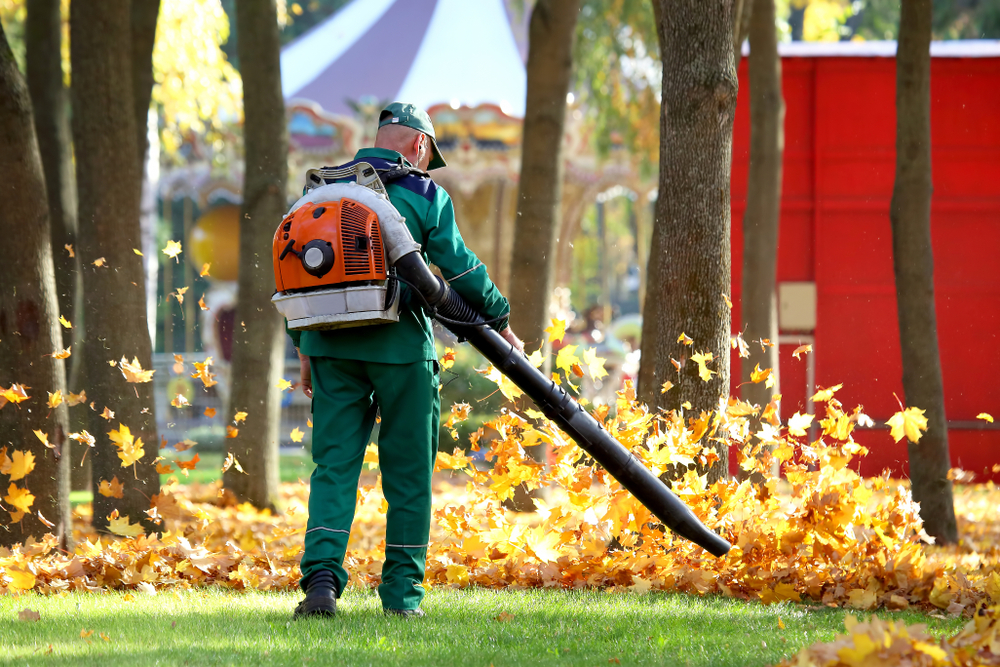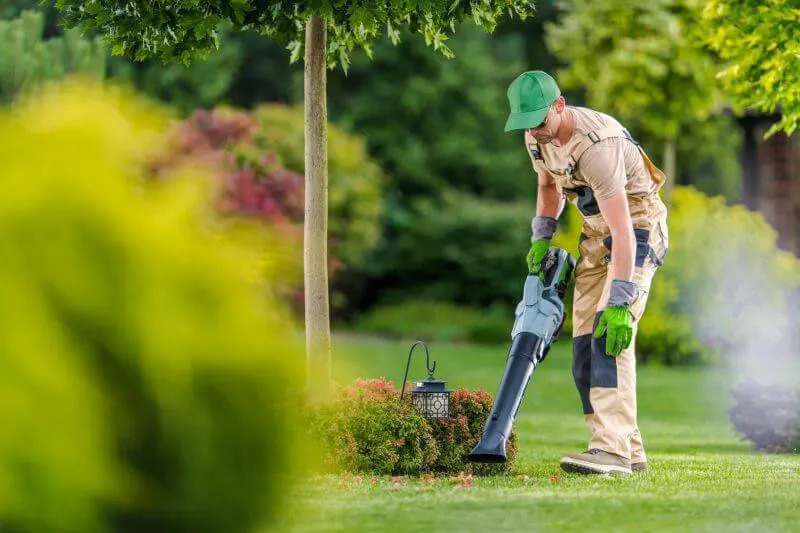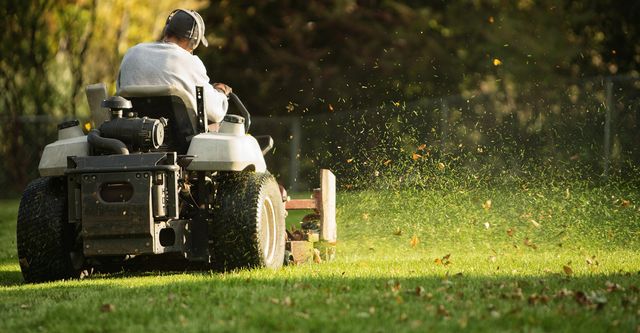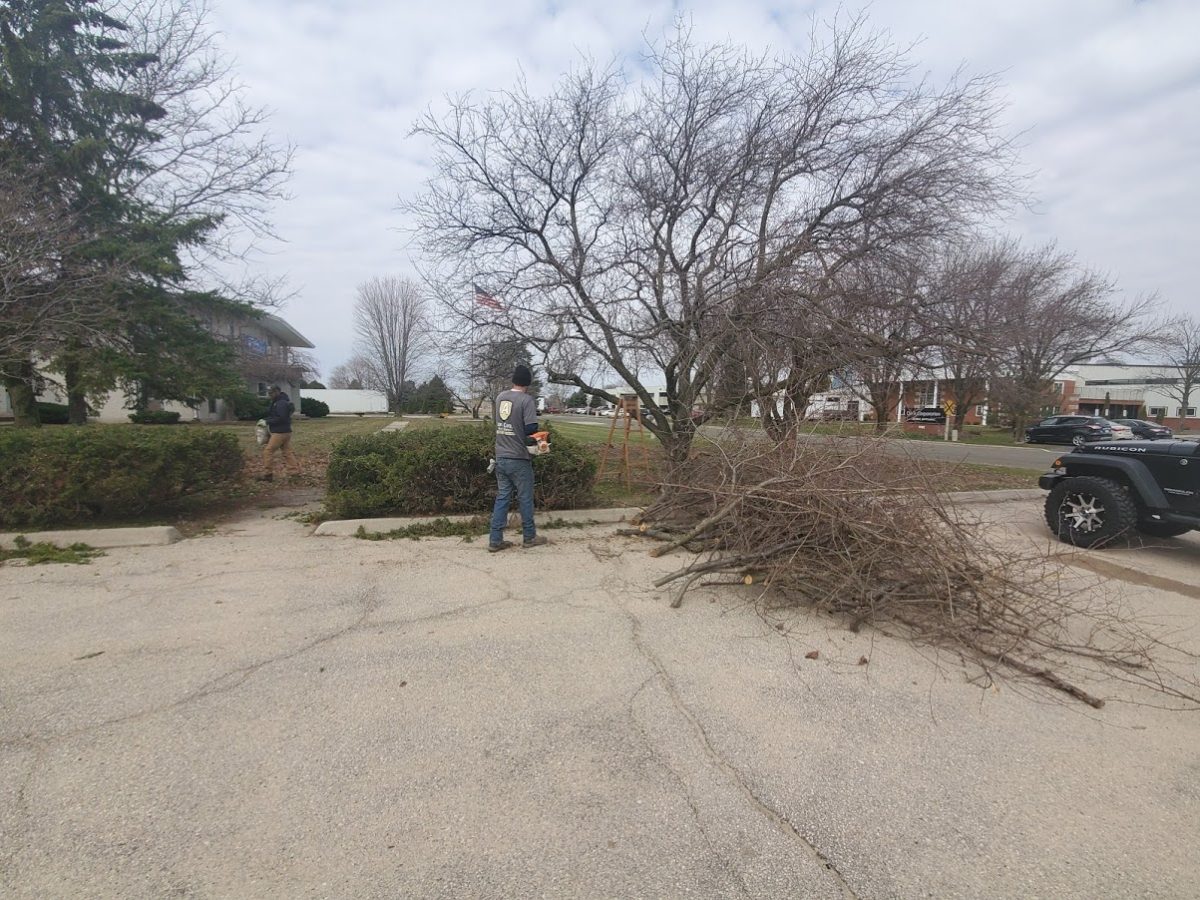Why Spring Cleanup is Essential for Your Yard
As winter fades and warmer temperatures arrive, your lawn and landscape need proper care to recover from the harsh conditions. A thorough spring cleanup ensures healthy growth, prevents diseases, and enhances the overall beauty of your outdoor space.
Step-by-Step Spring Cleanup Guide
1. Remove Debris and Leaves
Winter can leave behind fallen branches, dead leaves, and other debris that smother your lawn. Rake your yard thoroughly to allow sunlight and air to reach the soil.
2. Lawn Dethatching and Aeration
Over time, a layer of thatch (dead grass and organic matter) builds up on your lawn, preventing water and nutrients from reaching the roots. Dethatching and aeration help break up this layer, improving soil health and promoting strong grass growth.
3. Prune Shrubs and Trees
Trimming overgrown branches and removing dead or damaged limbs helps plants grow healthier and prevents potential hazards from falling branches.
Additional Tip: When pruning, make sure to cut at a slight angle and just above a healthy bud or branch collar to promote faster healing and new growth. Proper pruning techniques can make a big difference in plant health.
4. Weed Control and Pre-Emergent Application
Apply pre-emergent weed control early in the season to prevent weeds from taking over your yard. Regular weeding keeps your garden beds and lawn in top shape.
5. Mulch and Edge Garden Beds
Adding fresh mulch helps retain moisture, suppress weeds, and give your landscape a polished look. Edging your garden beds also creates a clean, defined appearance.
Additional Insight: Consider using organic mulch such as shredded bark, wood chips, or compost, as these break down over time and improve soil fertility. Reapplying mulch each season will help maintain moisture and prevent soil erosion.
6. Test and Fertilize Your Soil
Conduct a soil test to check for nutrient deficiencies. Apply the appropriate fertilizer to nourish your lawn and plants for healthy spring growth.
7. Inspect and Clean Hardscapes
Check patios, walkways, and retaining walls for damage caused by winter freeze-thaw cycles. Clean and repair as needed to maintain a well-kept yard.
Maintenance Tip: Power washing your patios and walkways can remove built-up grime, algae, and salt residue from winter. Sealing stone or pavers after cleaning can also help protect against future damage.
8. Tune-Up Your Lawn Equipment
Sharpen mower blades, check irrigation systems, and inspect other tools to ensure they’re ready for the growing season.
Pro Tip: Before starting your first mow, set your mower height to 3 inches to prevent stressing the grass and allowing strong root growth. Taller grass helps retain moisture and shade out weeds.
Additional Spring Lawn Care Tips
9. Overseeding Thin Lawn Areas
If your lawn has bare patches from winter damage, overseeding can help restore a lush, green appearance. Choose a high-quality seed mix suited for your region and spread it evenly over the affected areas.
Tip: Water the newly seeded areas consistently for the first few weeks to ensure proper germination.
10. Check for Pest Activity
Spring is the time when insects and pests become active again. Look for signs of grub damage, ants, or other lawn pests and take action early with eco-friendly pest control solutions.
11. Plan for Future Landscaping Projects
Spring is the best time to plan enhancements such as new garden beds, patio installations, or outdoor seating areas. Consider scheduling professional services early to beat the peak season rush.
FAQs About Spring Cleanup in Madison, WI
| Question | Answer |
| When should I start spring cleanup in Madison, WI? | Ideally, begin in early to mid-spring when the snow has melted and temperatures are consistently above freezing. |
| Is dethatching necessary every spring? | It depends on the lawn. If there’s a thick layer of thatch (more than ½ inch), dethatching is beneficial. |
| What’s the best way to prevent weeds in spring? | Apply pre-emergent herbicide and maintain healthy grass growth to crowd out weeds. |
| How often should I fertilize my lawn in spring? | A balanced slow-release fertilizer should be applied once in early spring and again in late spring. |
| Do I need professional help for spring cleanup? | While DIY cleanup is possible, hiring professionals ensures a thorough and efficient job, especially for large yards or complex landscapes. |
By following these steps, you can prepare your yard for a vibrant and healthy growing season. If you need expert assistance, professional lawn care services in Madison can help you achieve the best results!

